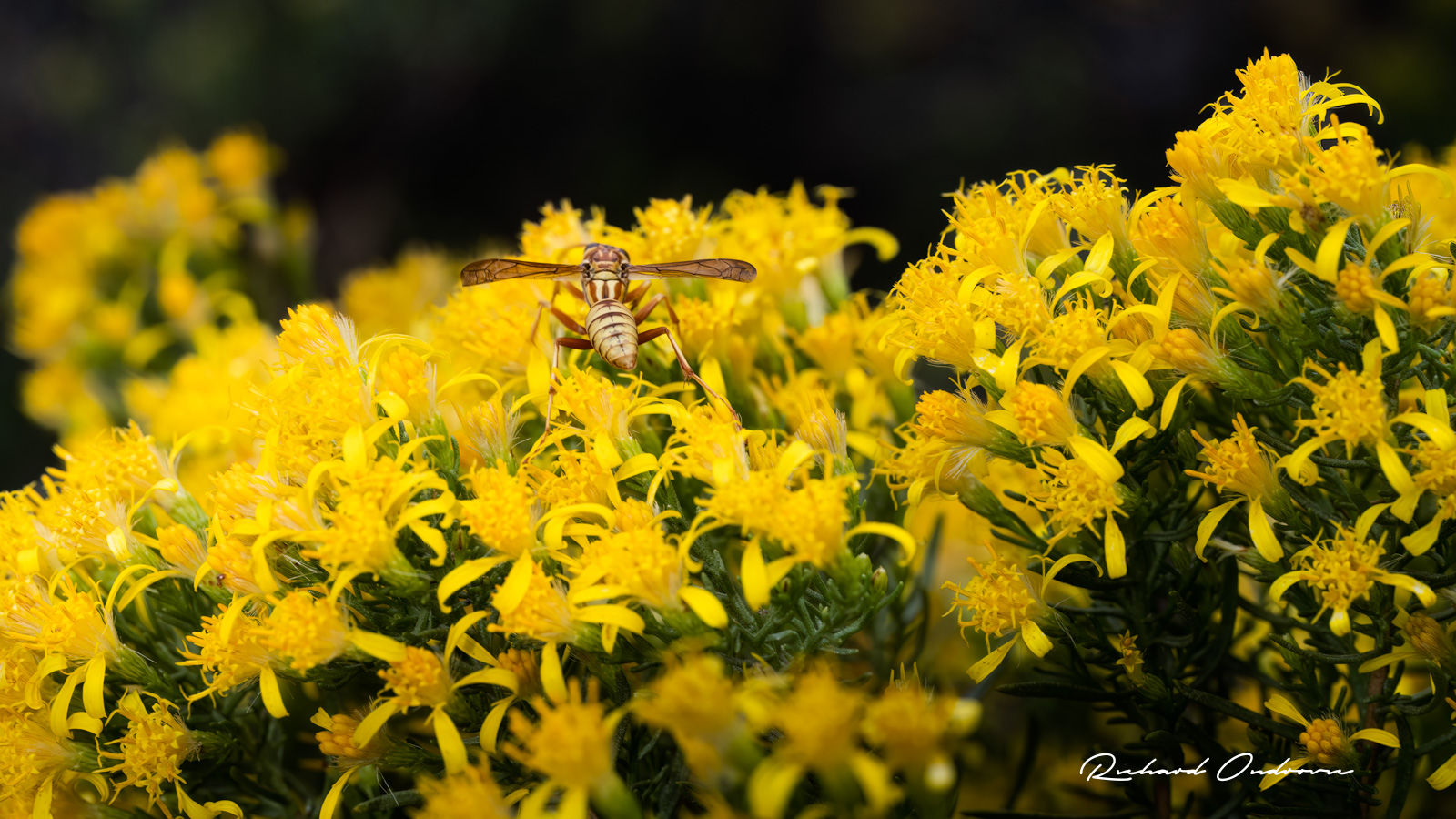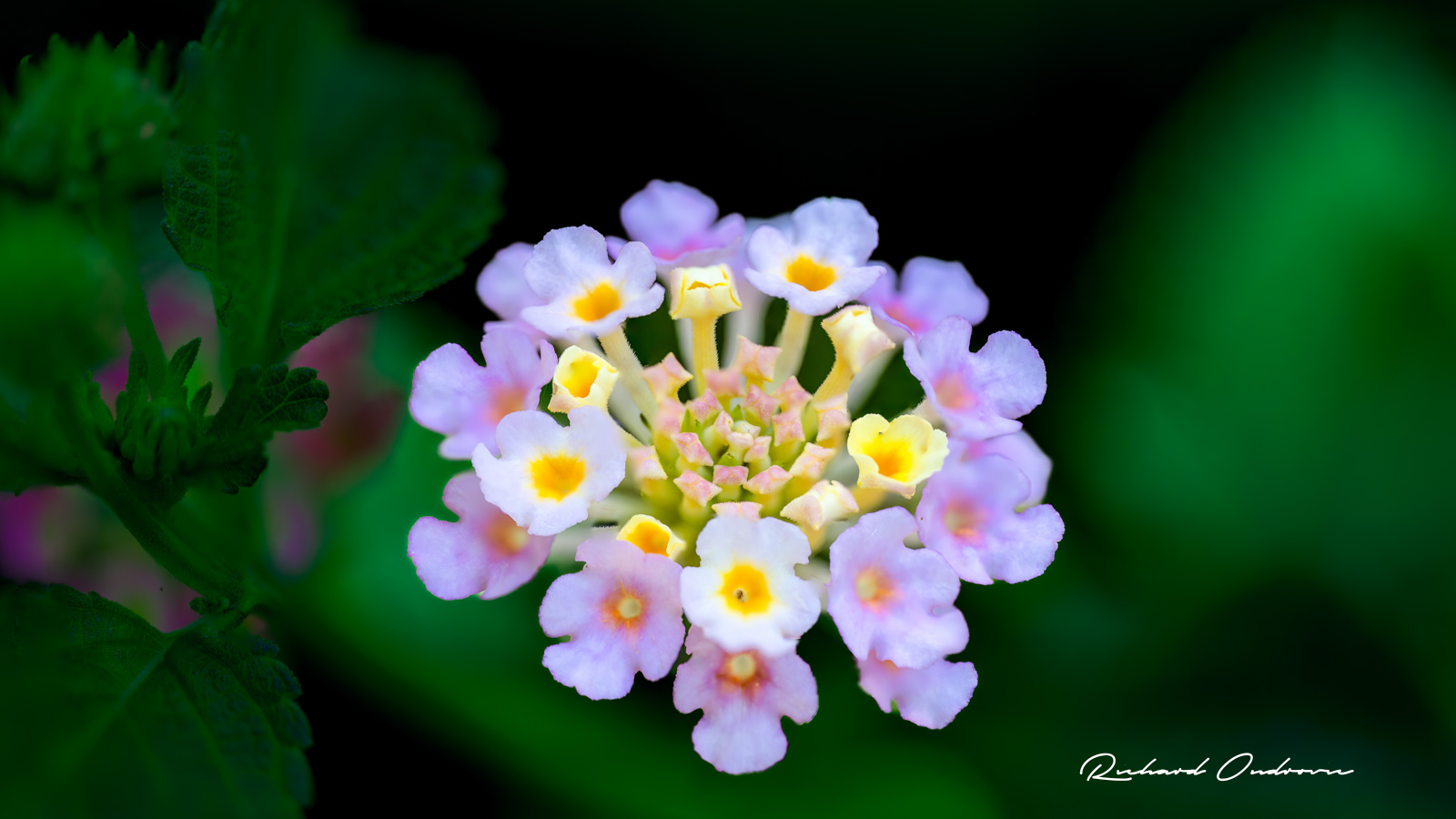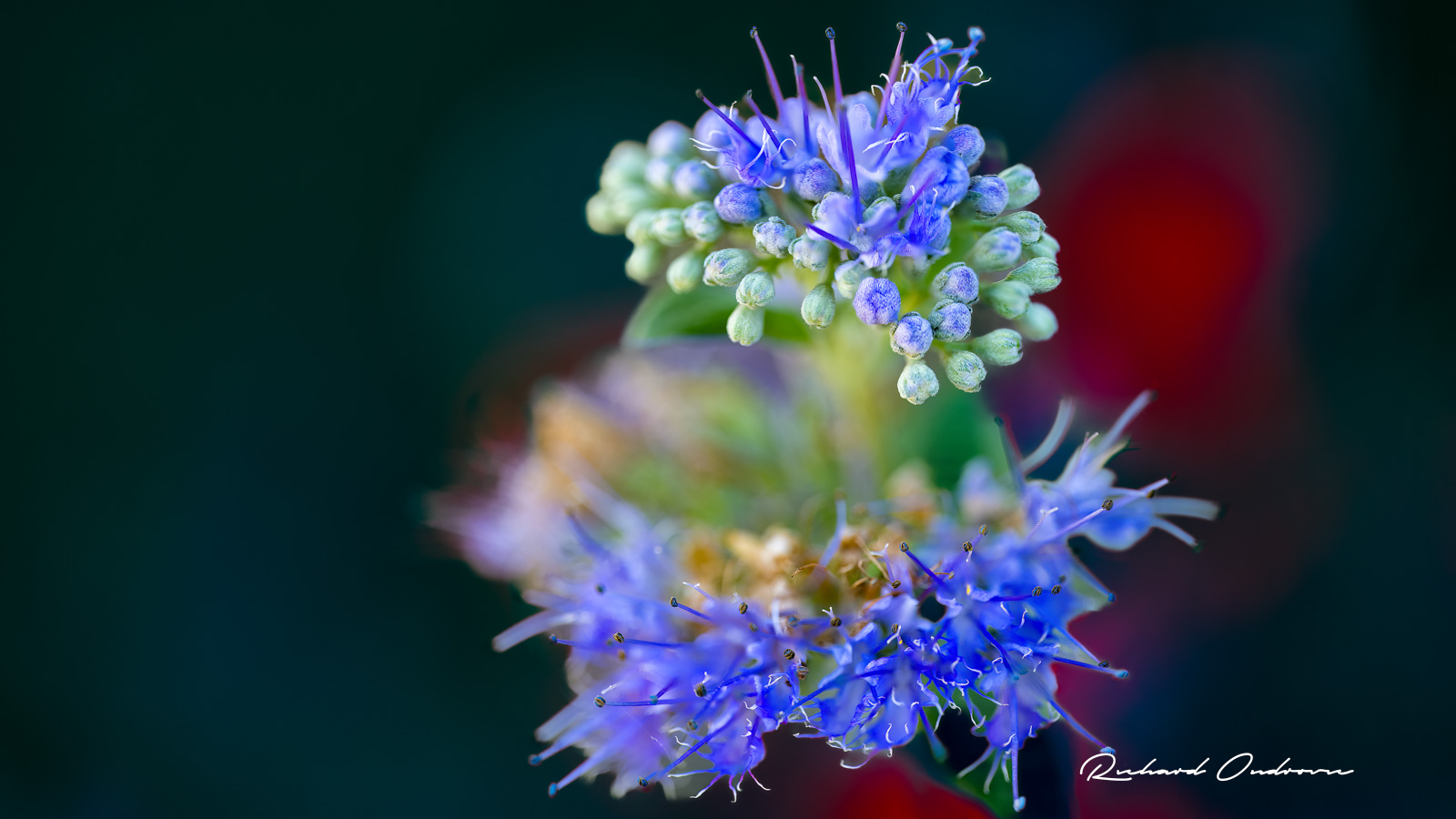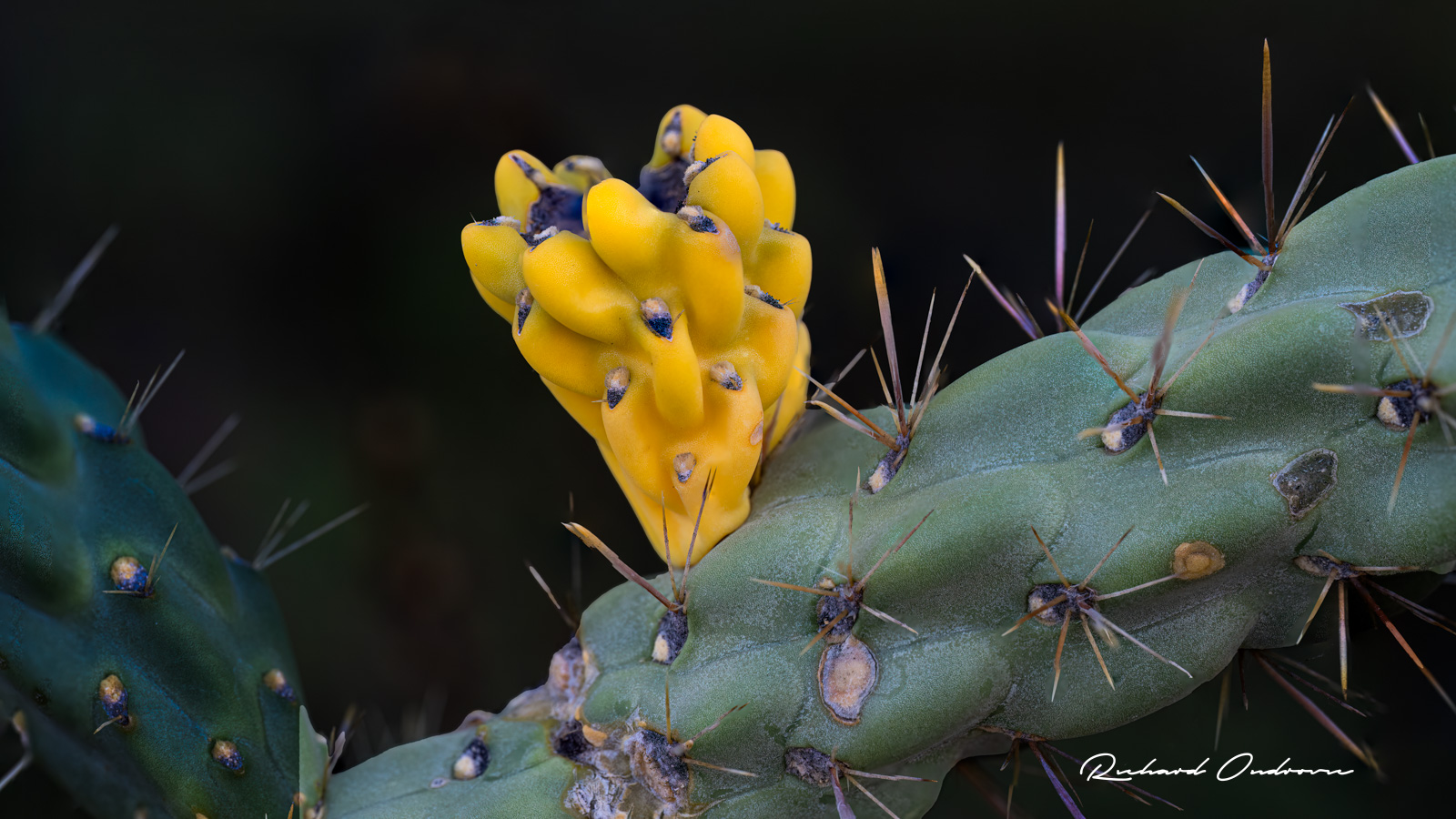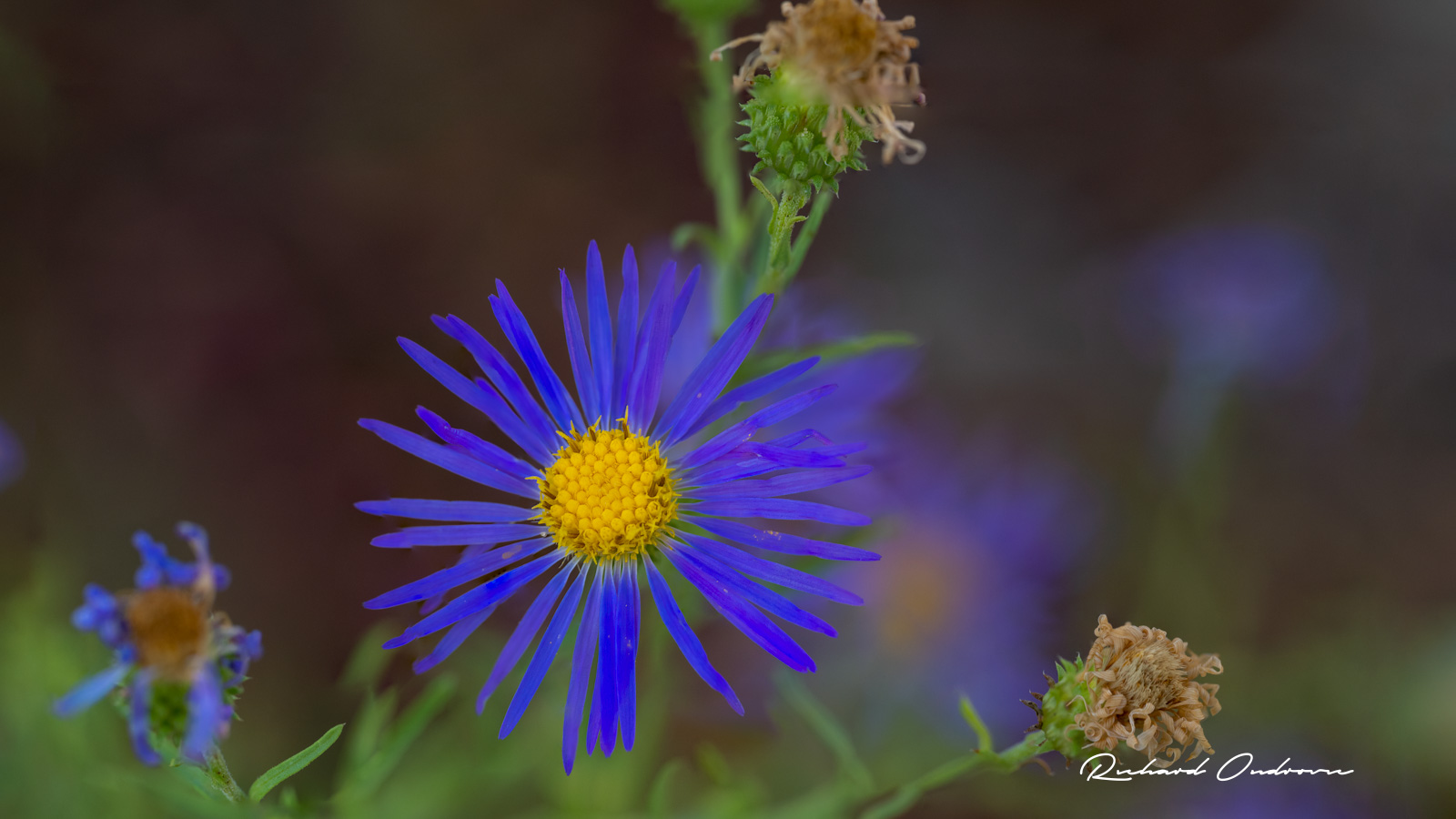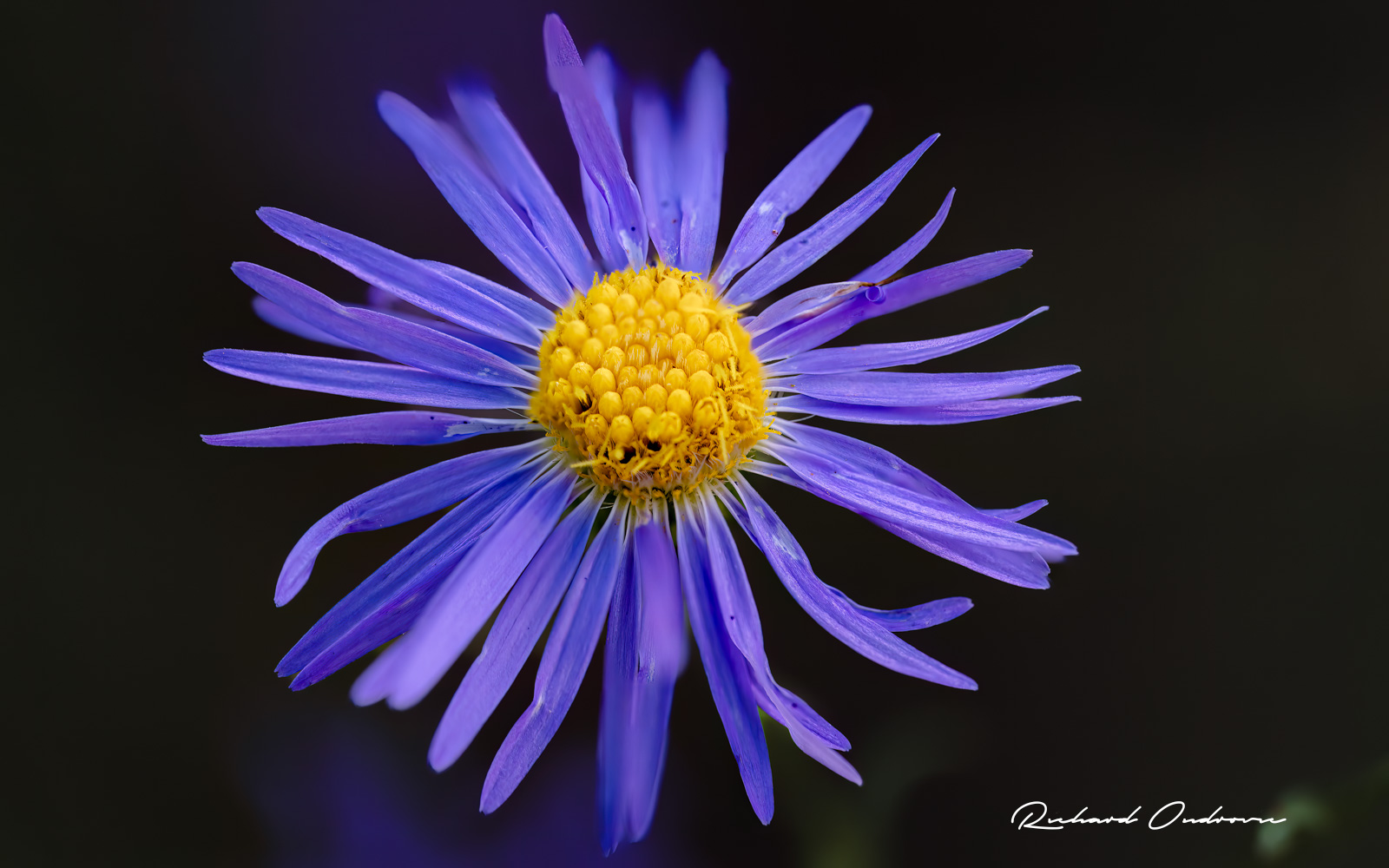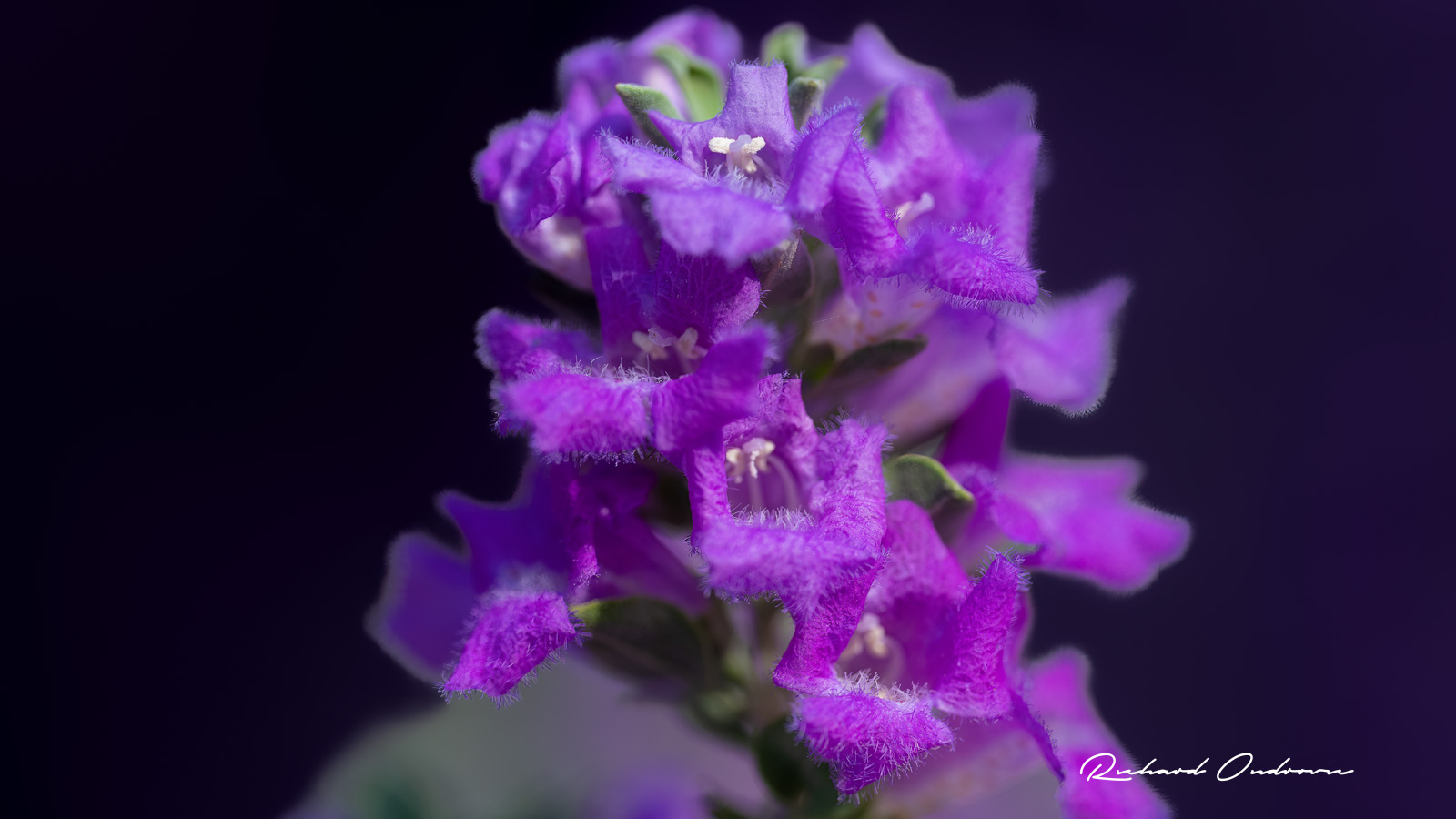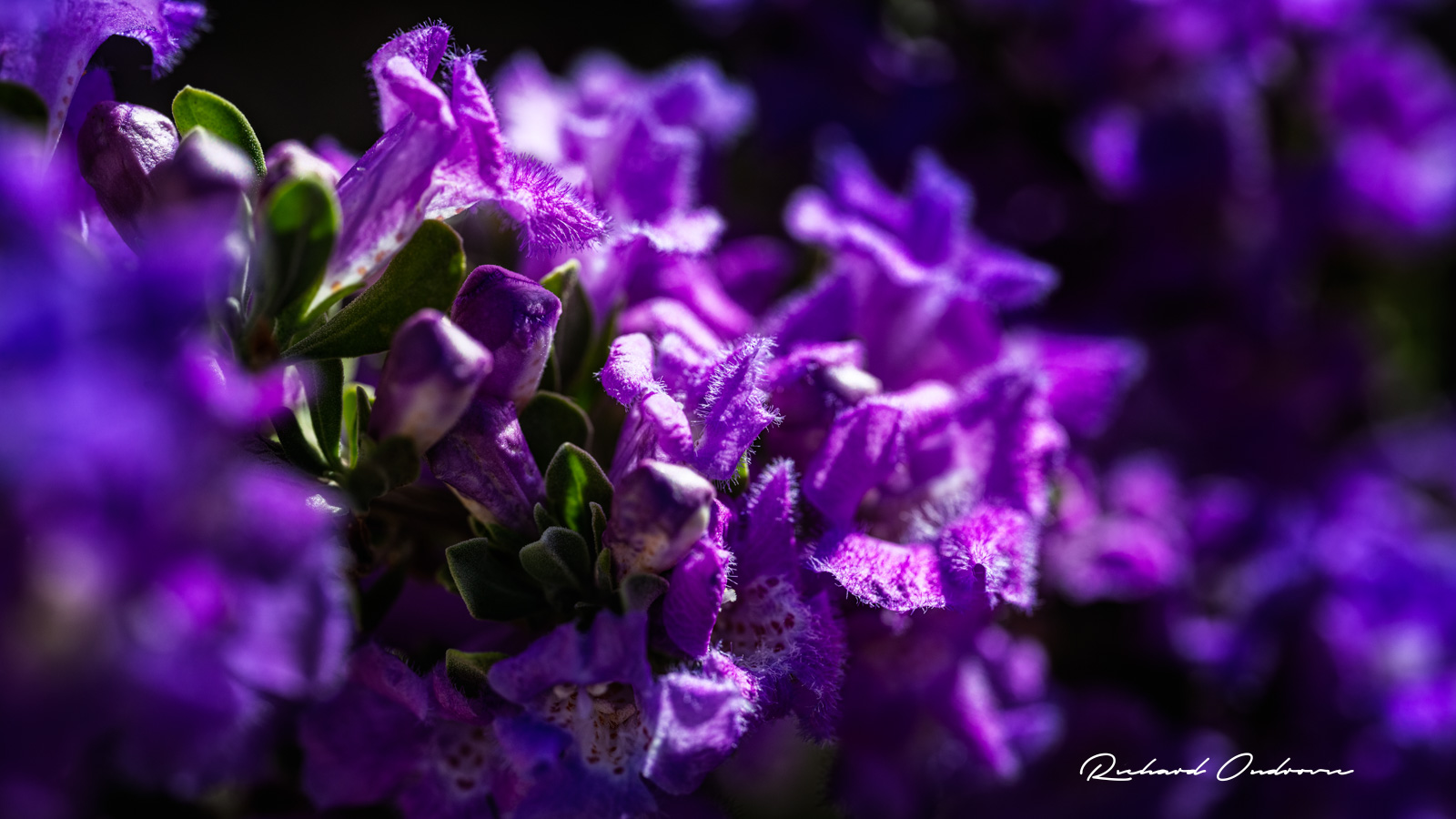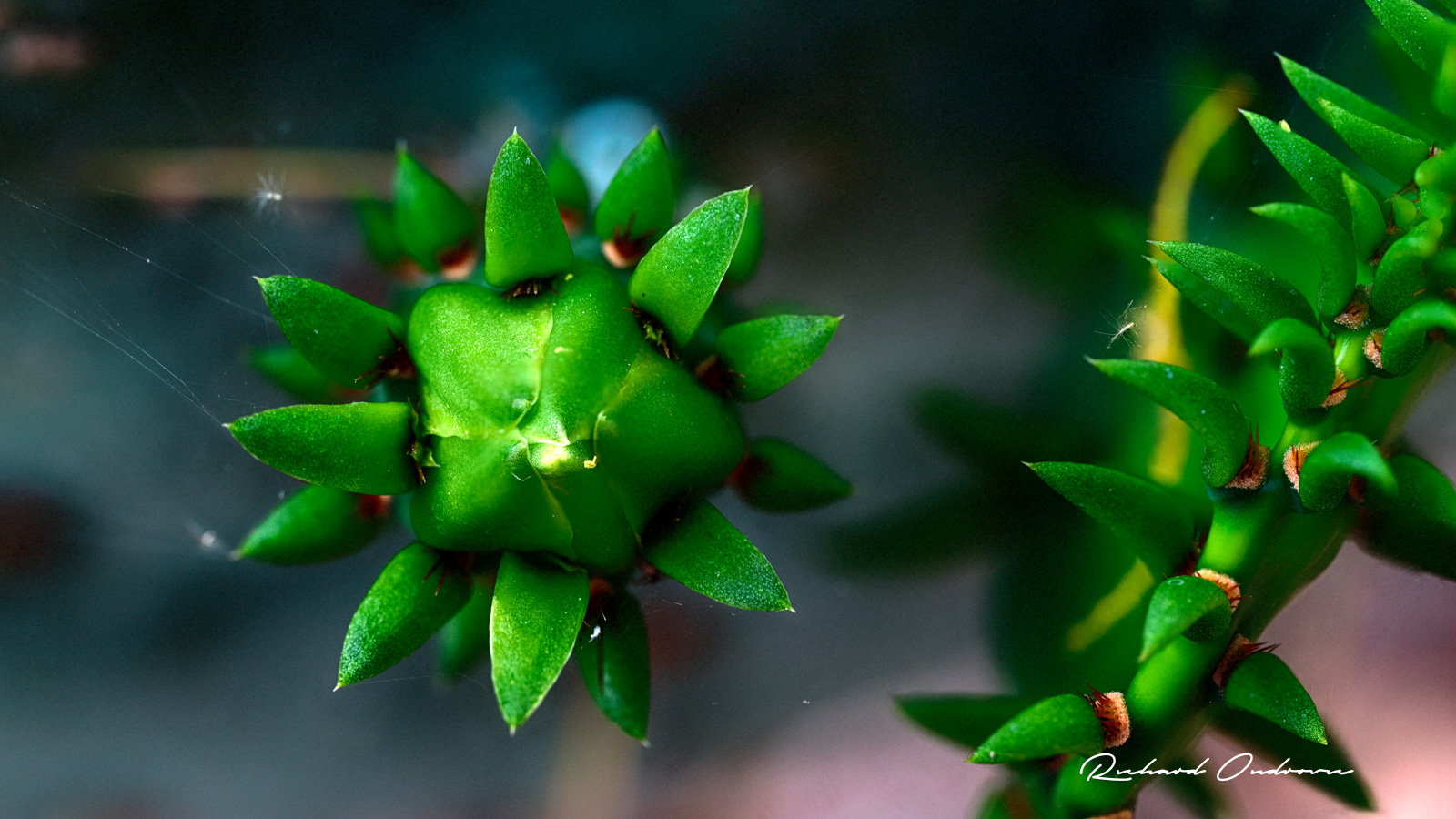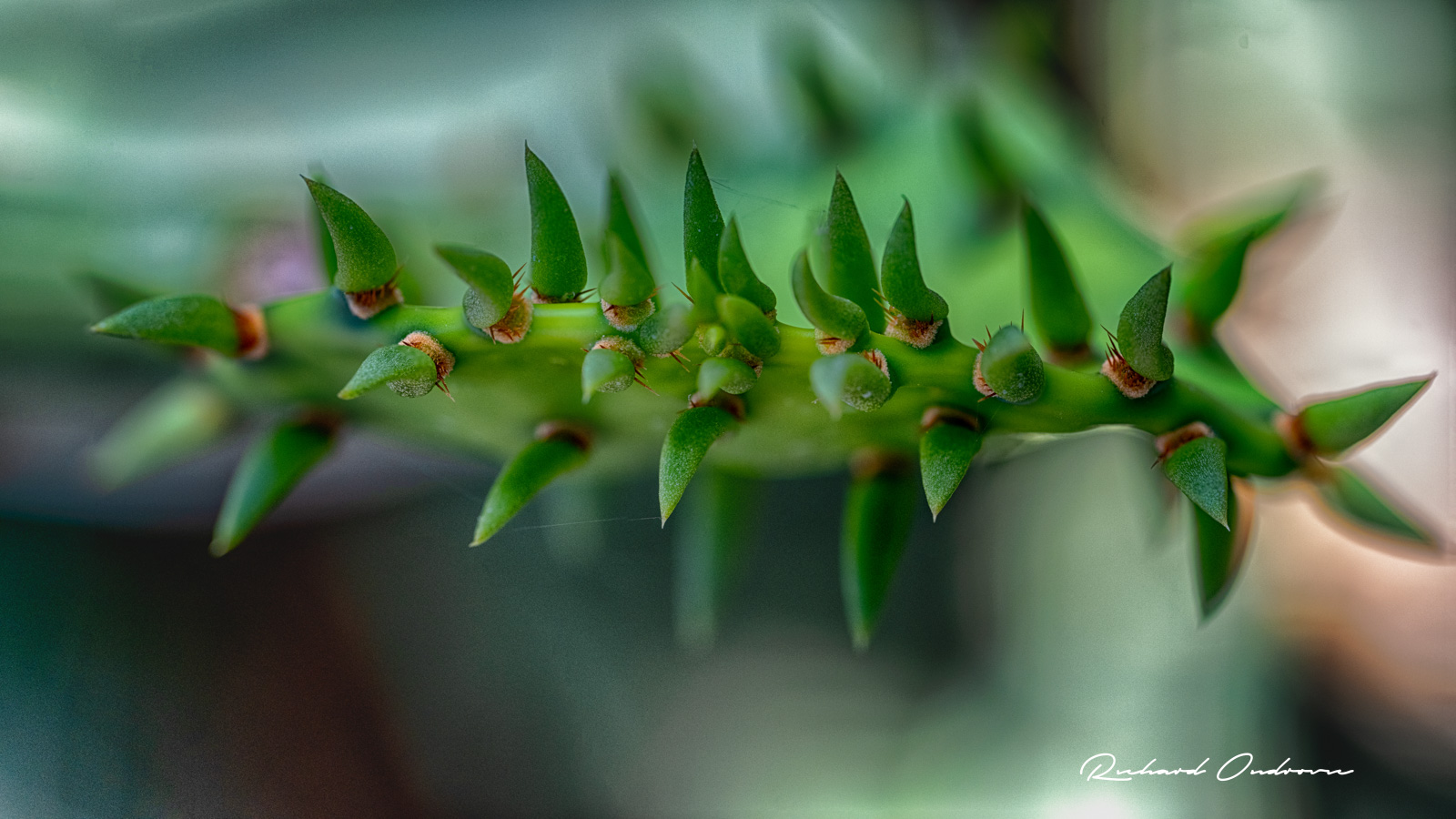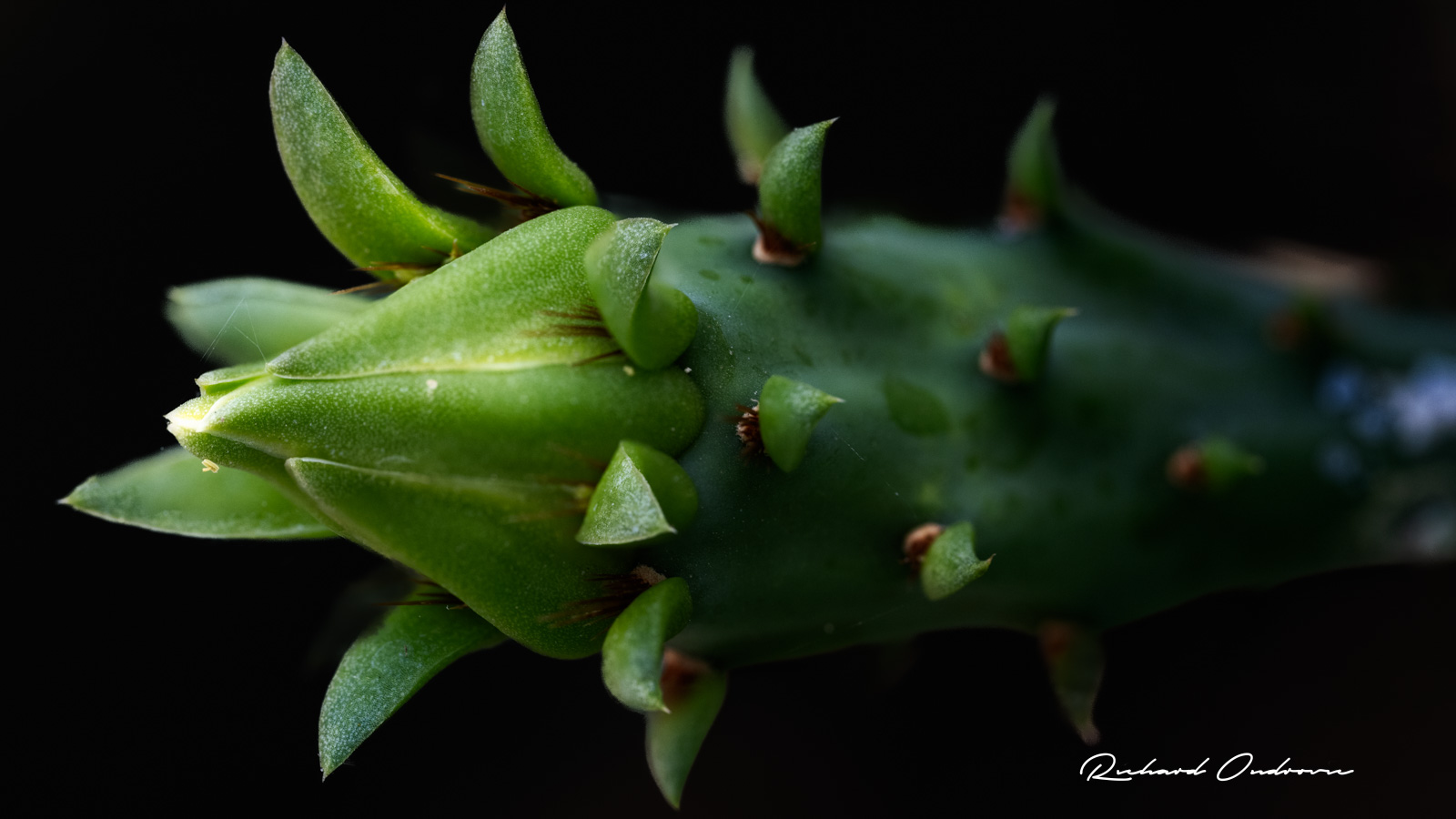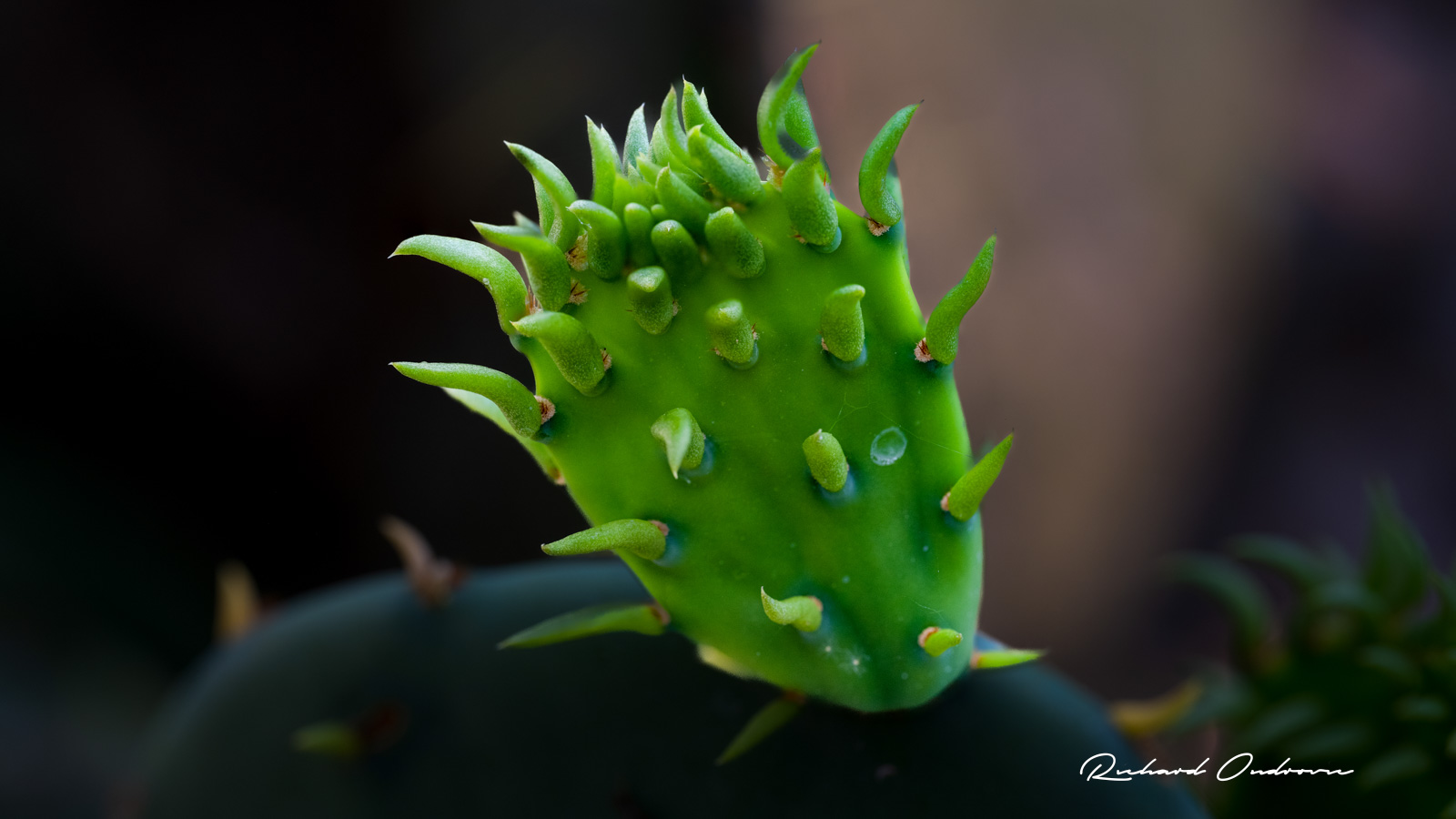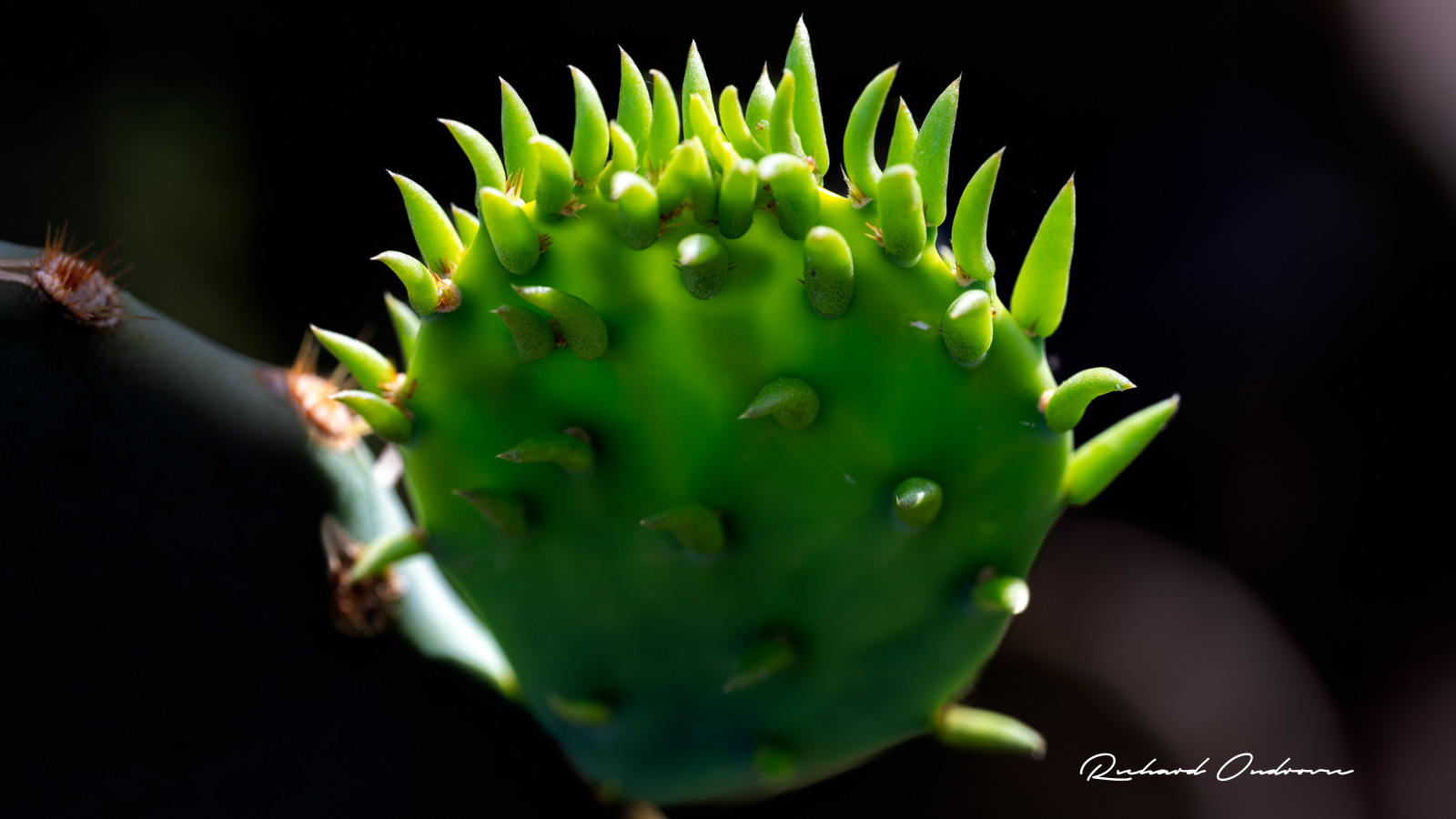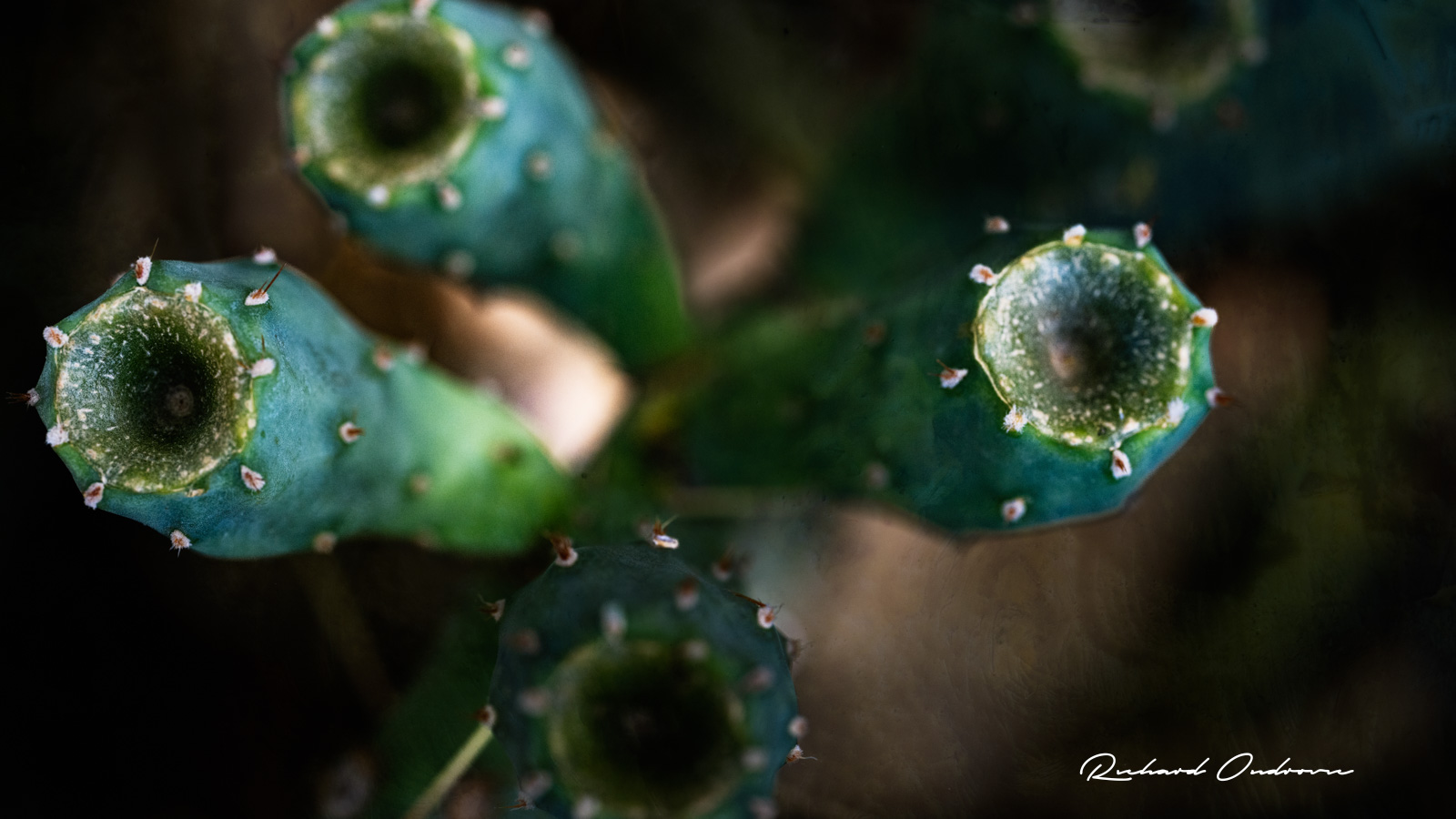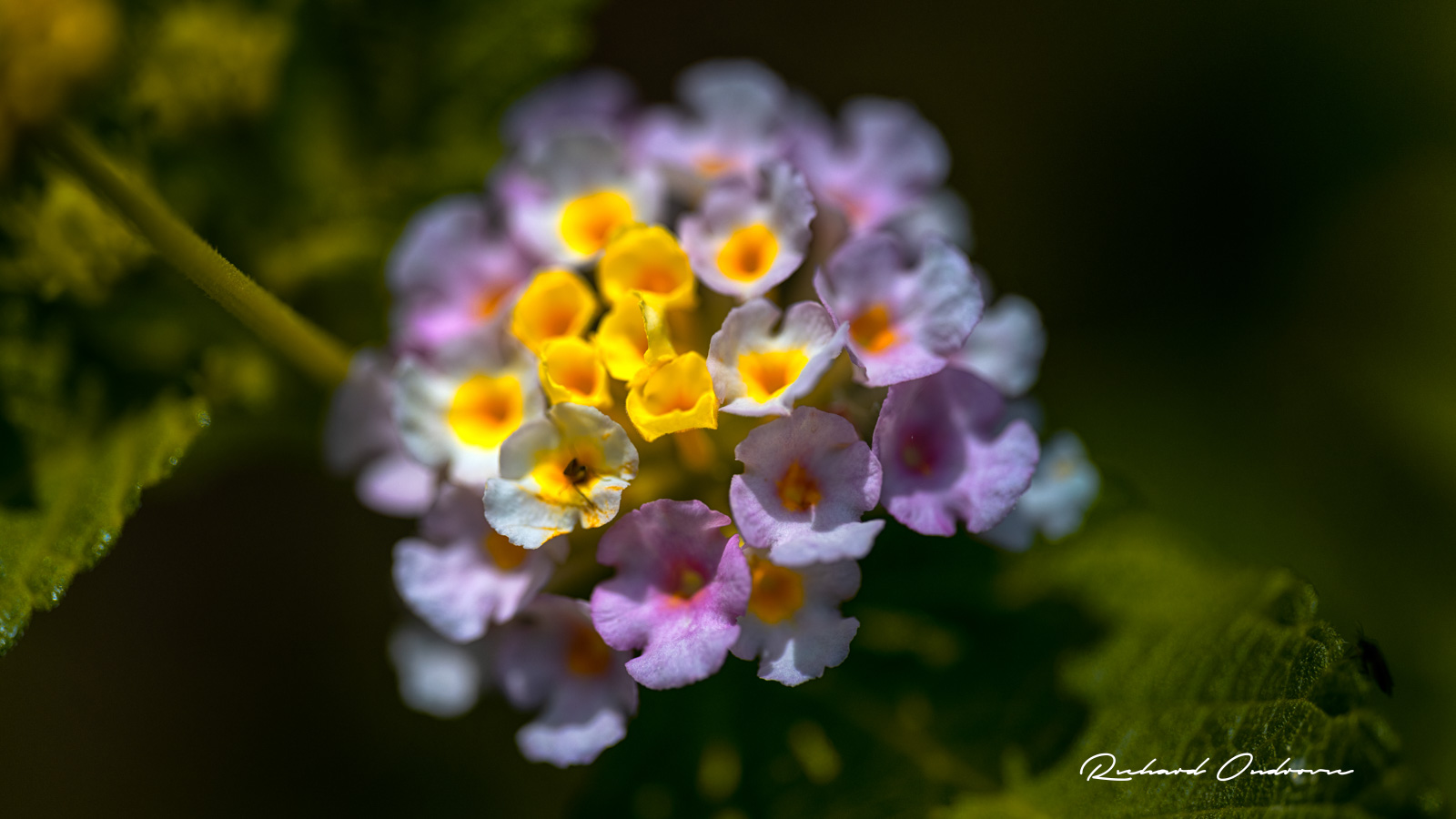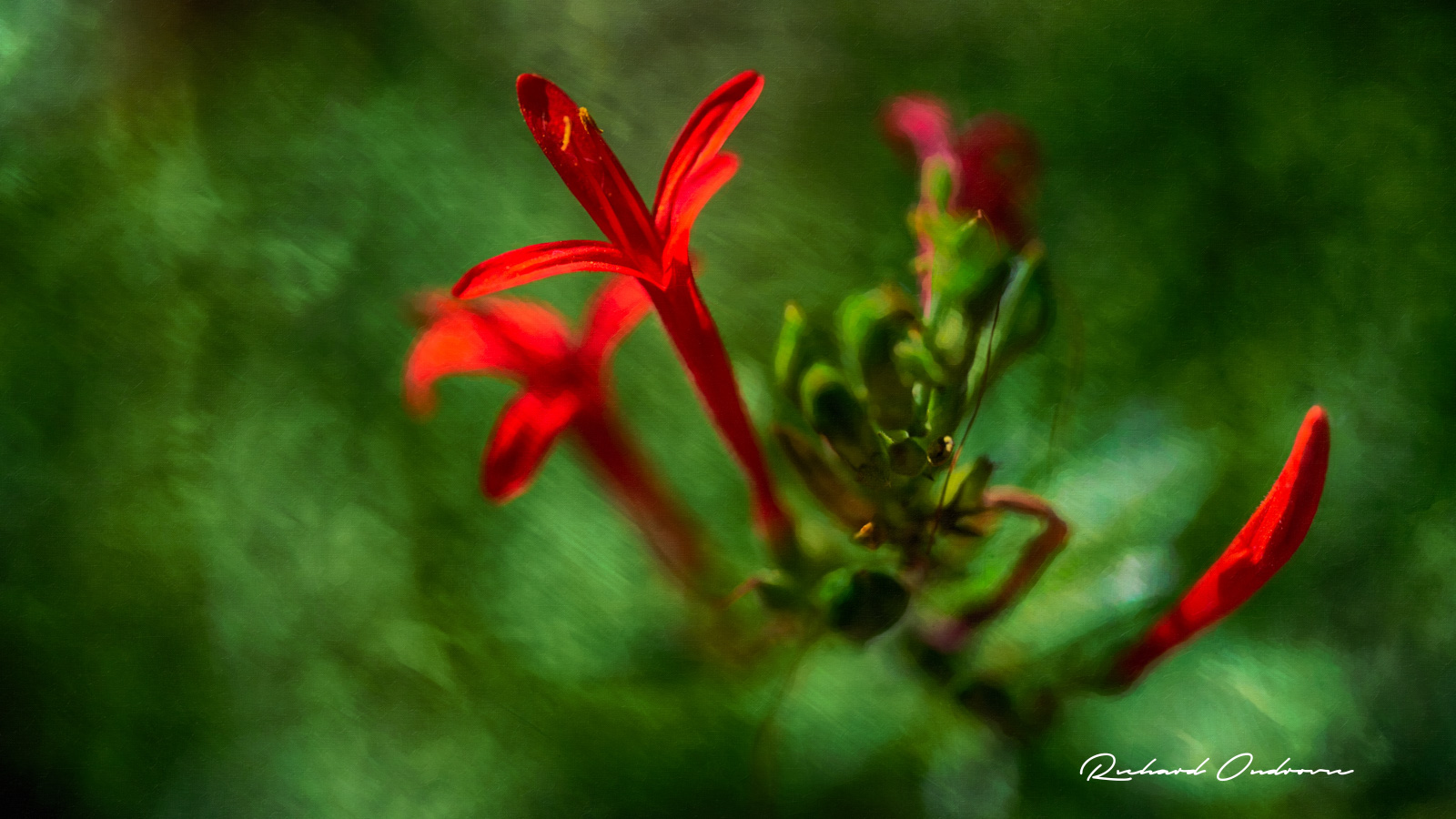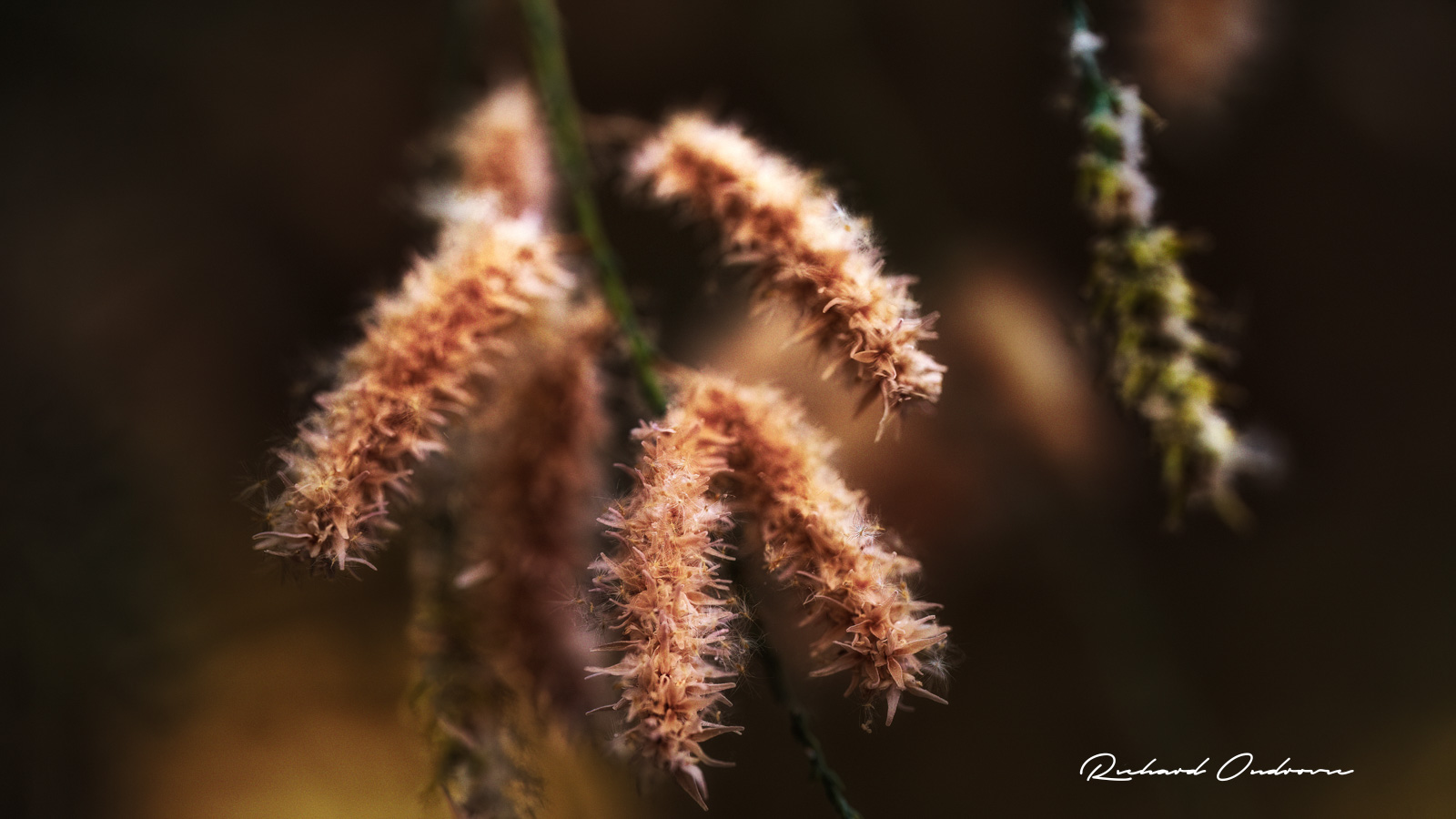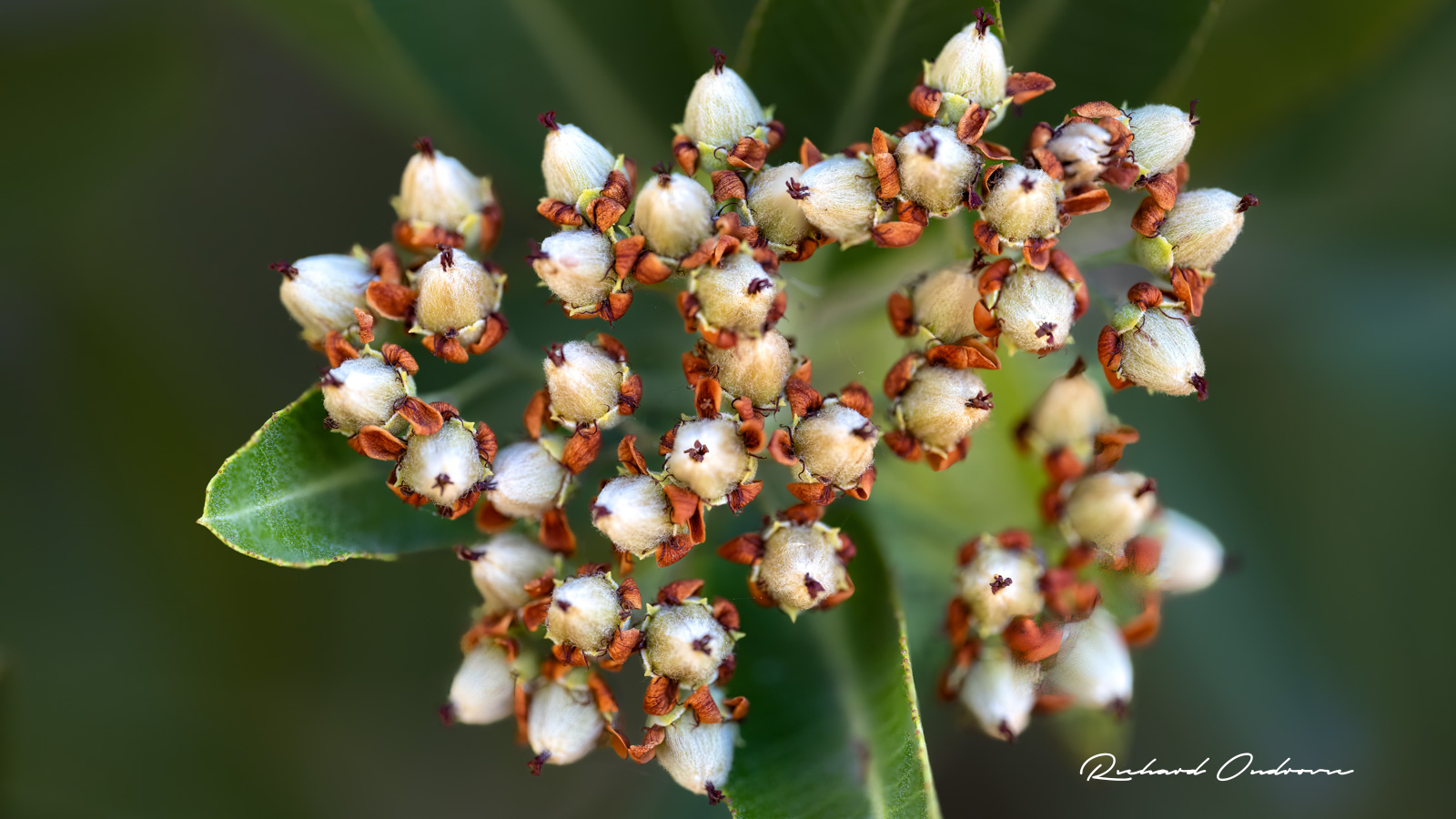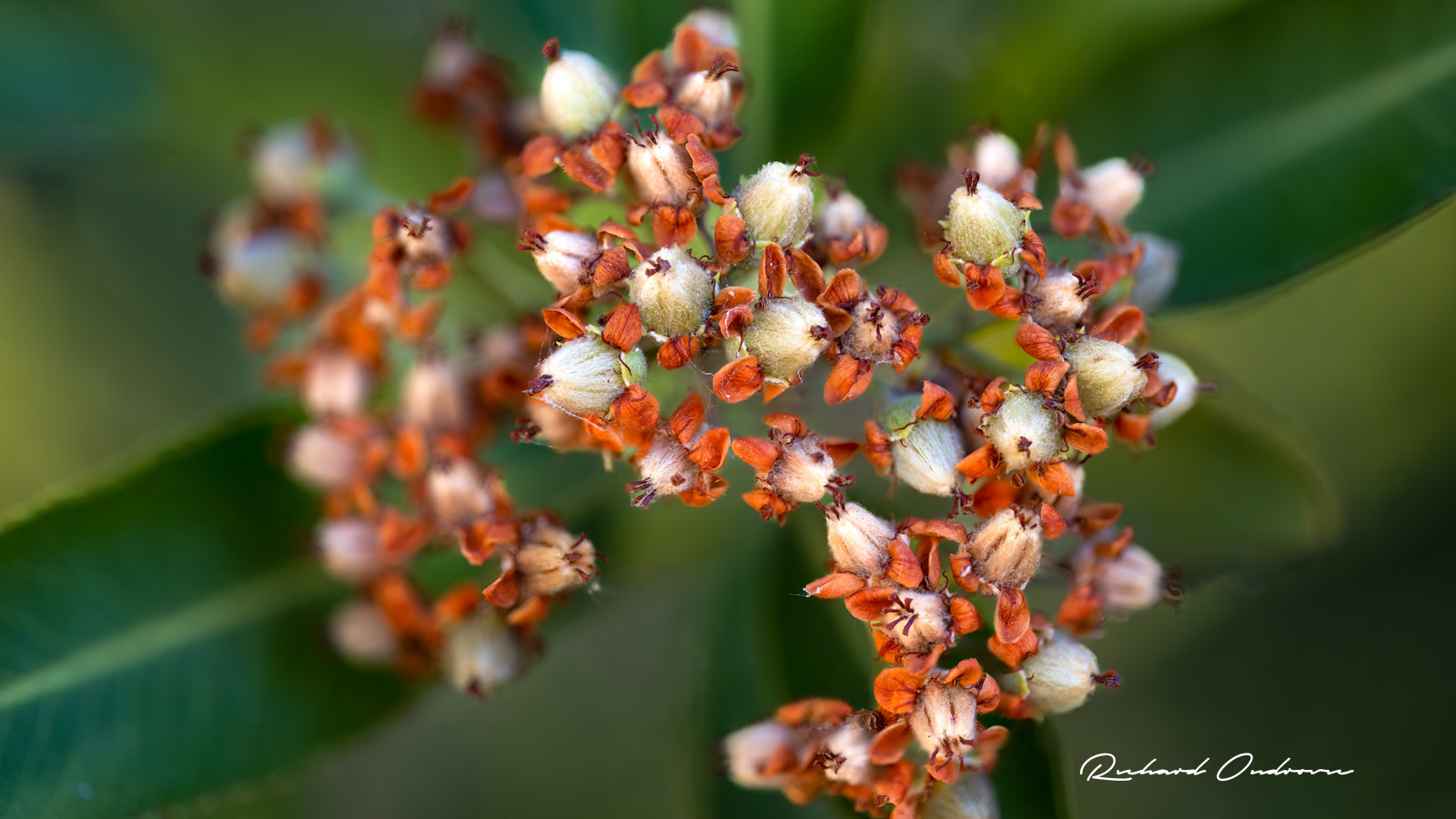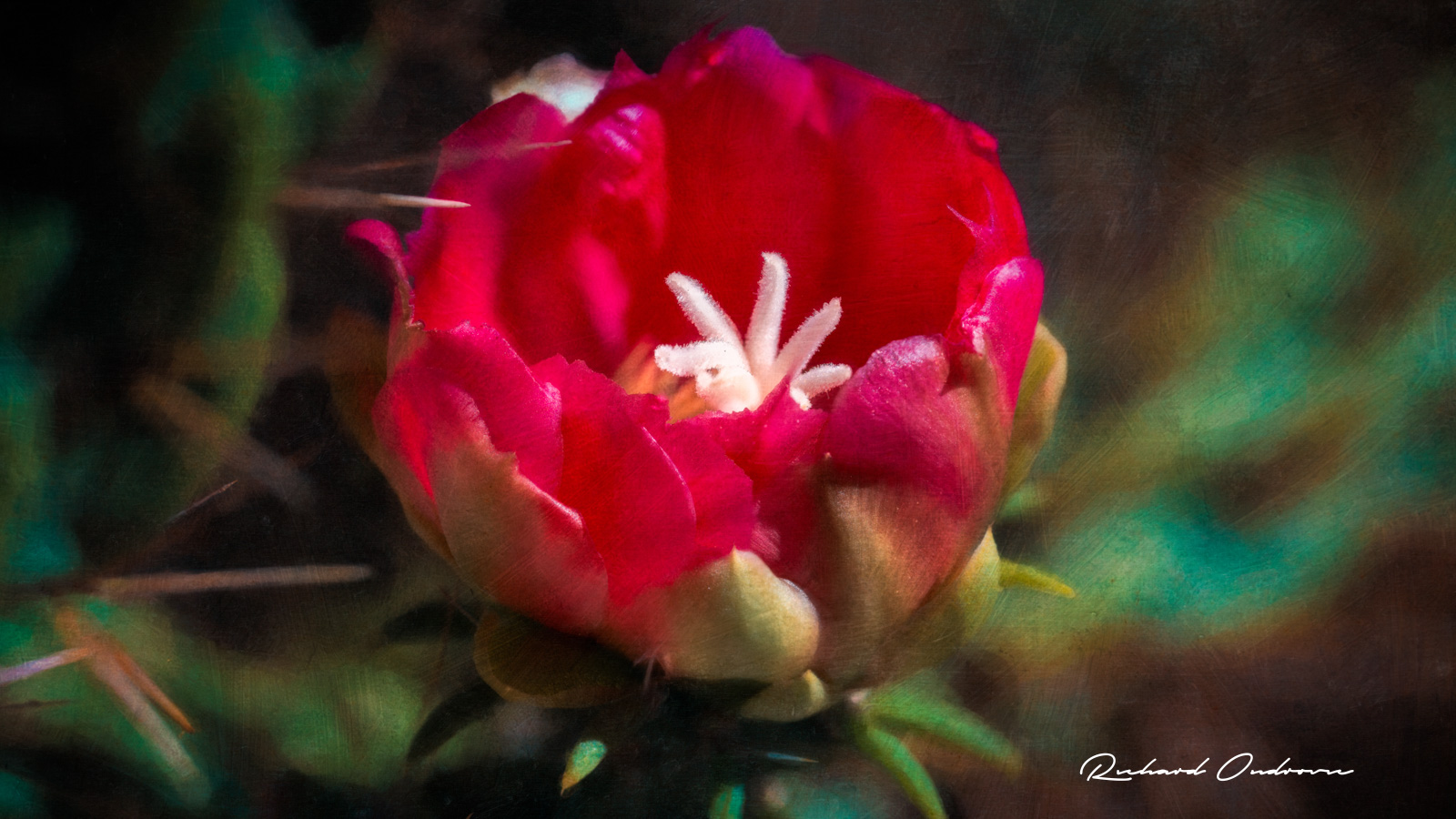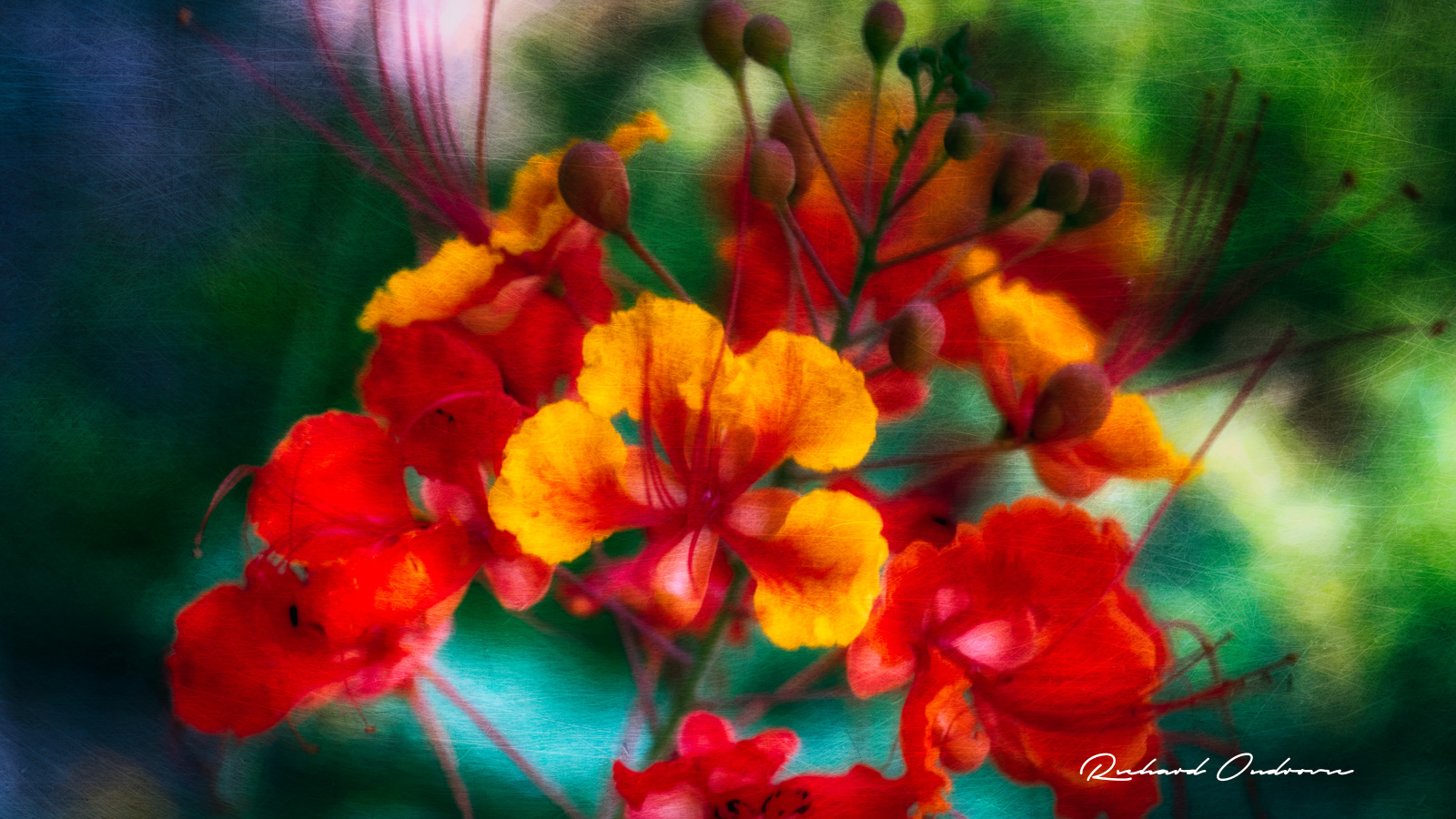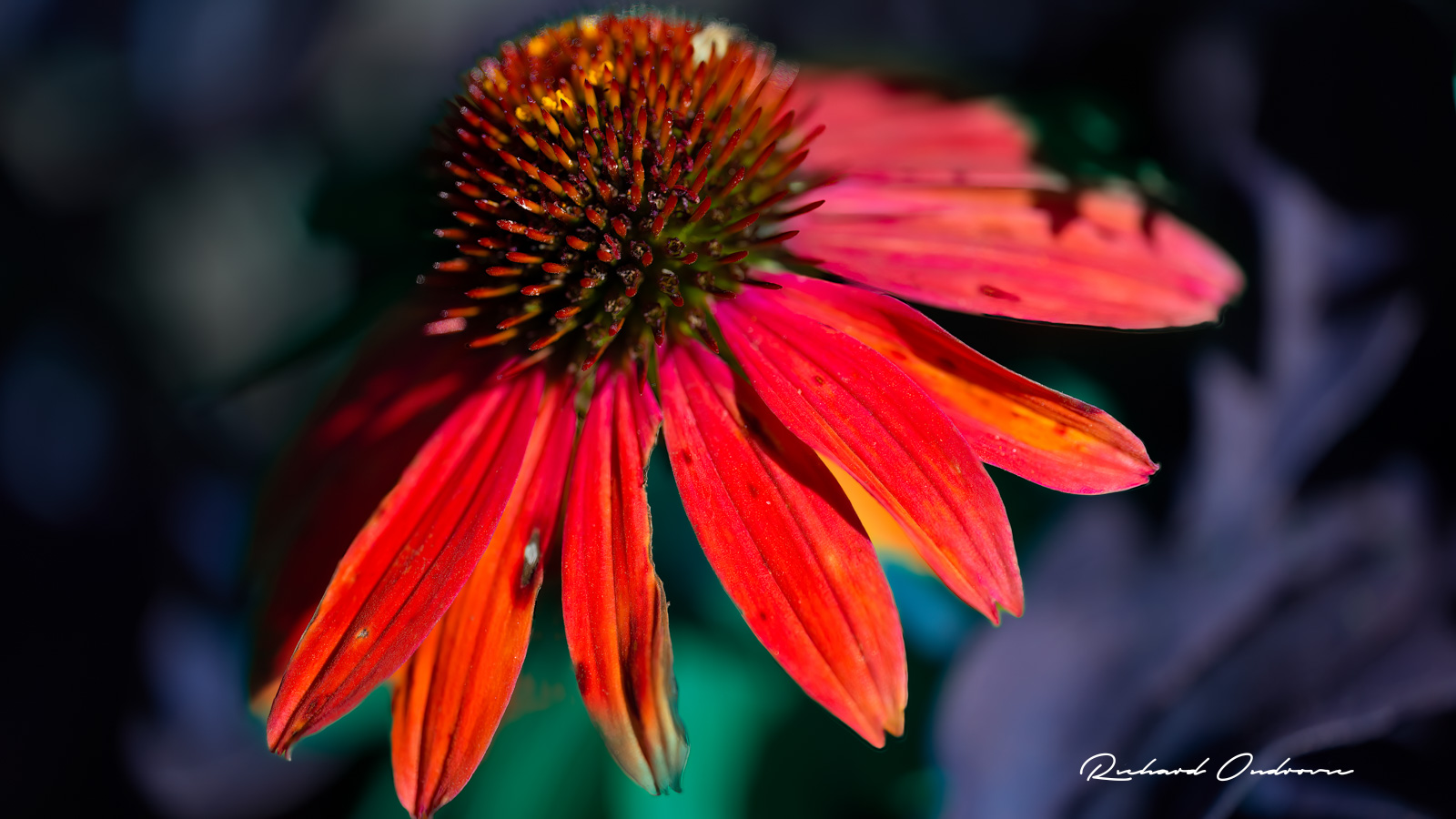EL PASO DESERT BOTANICAL GARDENS
When people think of deserts they often think of dry landscapes with little to no vegetation. But in reality deserts host a rich and vibrant ecosystem of flora and fauna (plants and animals). Plants in these arid environments have evolved to develop unique survival mechanisms in order to thrive in these harsh yet beautiful landscapes.
The El Paso Desert Botanical Garden has several native species of plants of the Chihuahuan Desert that exhibit several survival mechanisms that help them survive in regions with high temperatures in the summer, low temperatures in the winter, and less than 10 inches of rain per year!
Several key species of the Chihuahuan Deserts are found in the Desert Botanical Garden are:
Creosote Bush (Larrea tridentata)
The Creosote bush is a key feature in the Chihuahuan Desert and has remarkable attributes that help is survive in this harsh environment. Small waxy leaves help the Creosote from losing too much water and getting too hot. The unique smell of the desert after a rainstorm is attributed to the aromatic oils on the Creosote
Viscid Acacia/Varnish Acacia (Acacia neovernicosa)
Viscid or Varnish Acacia have a very sparse canopy (the branching part of a tree), with few branches that grow upright. The name comes from the sticky secretions that sometimes cover the entire plant.
Yuccas
There are over 40 species of yucca worldwide. A variety of yucca plants were used for items such as food, rope, and even shampoo by Native Americans. The yucca is also the state flower for New Mexico.
Opuntia/Prickly Pear
The fruit of prickly pears, commonly called tuna in Spanish, is edible, although it has to be peeled carefully to remove the small spines on the outer skin before consumption. Often on prickly pears a white fluffy material can be seen. These are parasitic scale insects that have been prized for hundreds of years for their ability to produce a brilliant purple dye!
Lechuguilla (Agave lechuguilla)
Lechuguilla is an agave species found only in the Chihuahuan Desert. The plant flowers once in its life, and then it dies. The flowers are a source of nutrients for insects, bats, and some birds. The leaves are long, tough and rigid, with very sharp, hard points which can easily penetrate the soles of a shoe. Native Americans have used fibers from the leaves to make ropes, mats, and even sandals.
Honey Mesquite (Prosopis glandulosa)
This tree has an array of features that make it useful: it grows extremely rapidly, has very dense shade, and produces seed pods in abundance that are eaten by animals and humans. In the past Indigenous American Indians used to rely on these mesquite pods as an important food source.
Ocotillo (Fouquieria splendens)
The Ocotillo is not a true cactus. For much of the year, the plant appears to be an arrangement of large spiny dead sticks, although closer examination reveals that the stems are partly green. With rainfall the plant quickly becomes lush with small (2–4 cm) oval leaves, which may remain for weeks or even months.
Cholla
There are several species of Cholla is the Chihuhuan Desert and all have developed several adaptations to survive in the arid desert environment of its habitat. The thick covering of spines shades the plant from the desert heat. They also prevent animals from eating them. The stems are separated into segments that store water and allow for photosynthesis. They separate easily so that animals and even a strong wind can disperse them away from the parent Cholla!
Candelilla (Euphorbia antisyphilitica)
Common names include Candelilla and Wax Plant. It is shrubby and has densely clustered, erect, essentially leafless stems that are covered in wax to prevent water loss in the hot desert sun. Commercial harvesting of candelilla wax began at the start of the twentieth century, with demand greatly increasing during World War I and II. This industry largely disappeared following the end of World War II due to diminished Candelilla populations and the availability of cheaper petroleum-based waxes.

